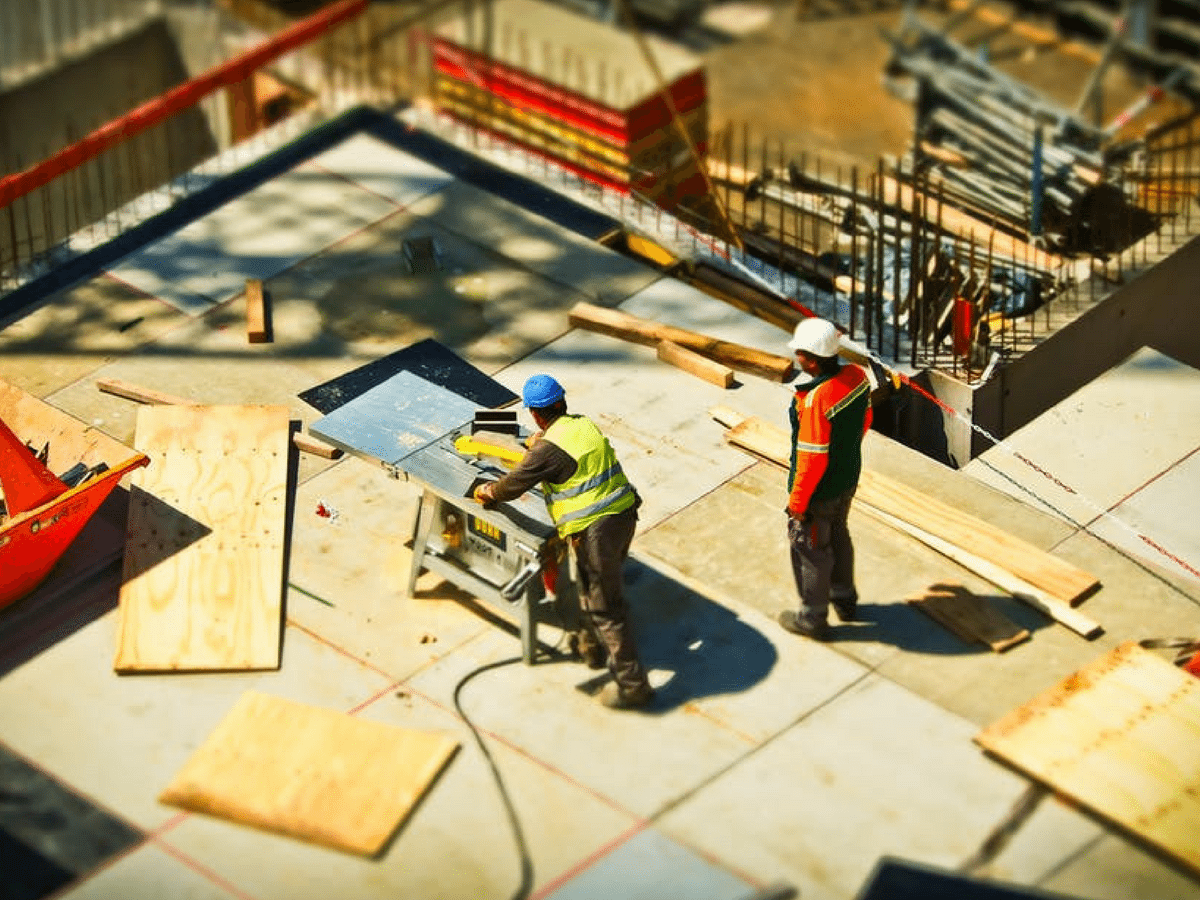
Wayne Holt, Executive Director at leading Specialist Structural and Civil Engineering consultancy Design2e, examines Sajid Javid’s announcement of significant government investment into private housing schemes.
It’s refreshing to hear the government’s plans to invest heavily in infrastructure to get property developments moving – but people must realise there is no quick fix to this extremely complex housing crisis.
Housing Secretary Sajid Javid has announced funding for 133 residential projects across the country to help speed up the building process.
Under the proposal, the government will fund elements including new roads, cycle paths, flood defences and land mediation to make the projects viable for developers.
Historically, politicians have appeared infatuated with ‘mega-projects’ such as HS2, so it is refreshing to see smaller, lower profile initiatives being recognised as equally important.
Of course, I’d welcome public investment in new roads and infrastructure. It’s absolutely necessary – but not at the expense of investment into the maintenance and repair of our existing infrastructure.
However, much of the talk about the housing crisis is far too simplistic. Suggestions that everything will be resolved if 300,000 houses are built per year are wide of the mark.
Trying to build yourself out of a housing crisis is like trying to dig yourself out of a hole. Unless you recognise the overall picture, this situation won’t be remedied.
It is important to remember that there are plenty of cities, including London, Birmingham and Manchester, which are not ‘at capacity’. The issue is many cities are over-supplied with homes that are simply too expensive.
I certainly won’t be the first to say this: it is affordable housing that is required. The problem is, these are also the least profitable properties for developers to build.
Most local authority housing policies specify that 30 per cent of homes in a development should be affordable. However, as councils need to meet house building targets, it’s all-to-easy for developers to refuse to start construction until the council reduces the number of affordable homes included in the final proposal.
If you built 10,000 truly affordable homes in the UK’s major cities, you would have a queue which is exponential to this number as demand is deemed as global, while supply is local.
I note that Mr Javid has warned NIMBY objectors that the government is “not going to be their friend”. I agree that ‘not in my backyard’ protestors can sometimes hold up developments unnecessarily and that can be frustrating. However, it is also important that greenbelt areas are discouraged from development until existing brownfield areas and associated infrastructure has been exhausted.
The government needs a collective strategy to ensure the country does not lose coveted green space. Housing should be affordable and, most importantly, it should meet demand.
This is a long-term problem and there really is no easy solution. Only by addressing each individual aspect of the puzzle will we reach a point where there is sufficient housing in this country – but that is a long, long way off.